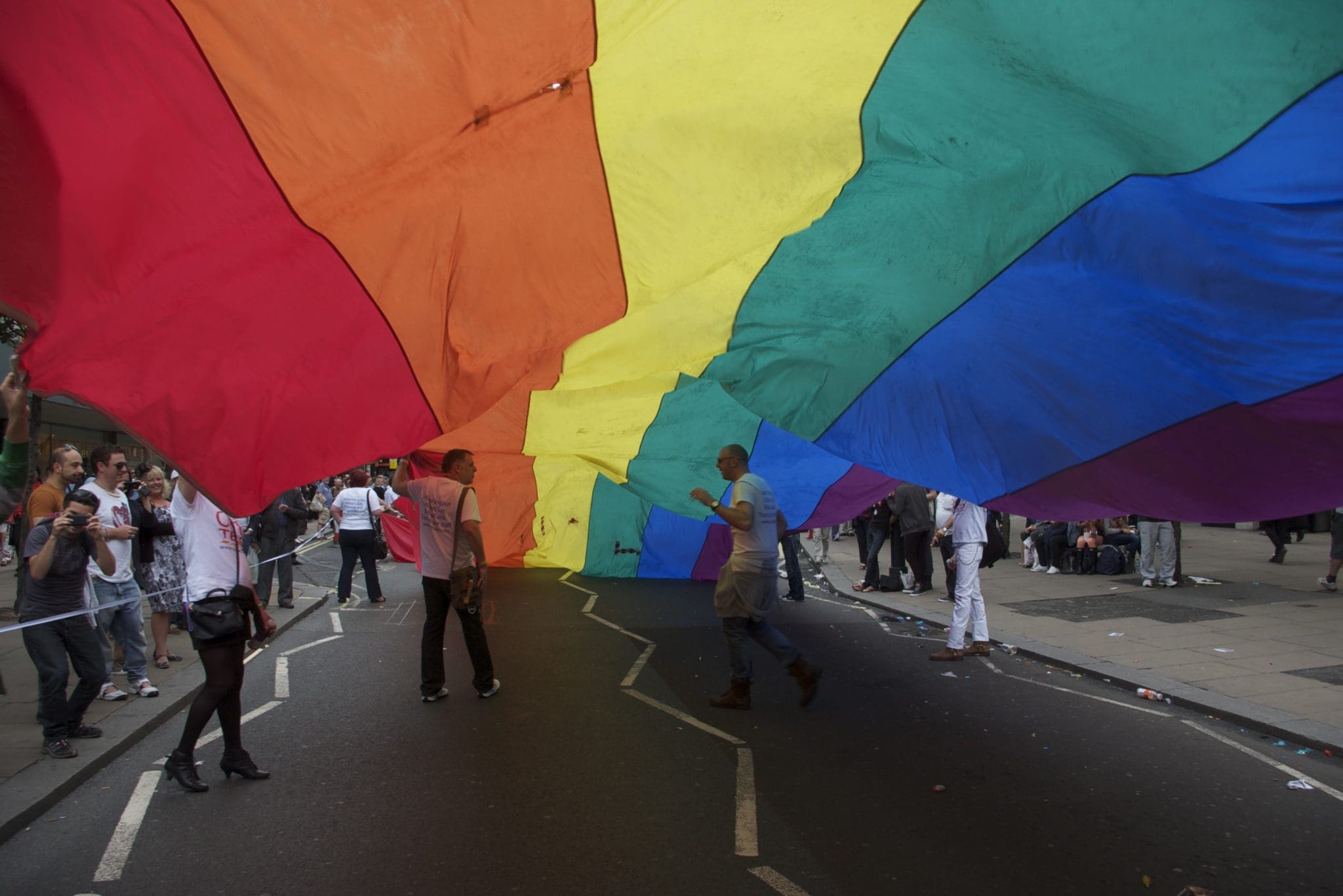Walking through the streets of Sydney, it’s hard not to notice the rainbow-soaked event that is WorldPride. With over 300 events occurring over three weeks, you’d need to actively avoid it to miss it. But as someone who prides themselves on knowing their queer history, how is it that I have never heard of this “international” event until it reached the shores of Australia, a place my mother affectionately calls “the ass end of the world?” Just as all young children wonder about the addition of a new sibling: where did WorldPride come from? And where is it going next?
A quick Google Search tells me that WorldPride is a genuine international event, bearing a legacy that spans about 23 years. The event takes place sporadically in different host cities through a bidding process similar to the Olympics, and aims to raise global awareness to queer issues on an international level through a human rights conference, parades, and other cultural activities. So far so good.
Digging a little deeper now, I find that there are two levels to the organisation. At the top of this rotating rainbow of WorldPride sits InterPride — an international network of queer activists that work together to share knowledge and maximise impact. Like many international organisations, InterPride is deeply rooted in the US, with their Global Advisory Council dividing the country into 6 different regions, whilst grouping the entirety of South-East Asia (including countries with large populations such as China and India), into one region, and the entire continent of Africa, into another.
This structure can be attributed to the fact that InterPride was initially only US based. Its story began in 1982 when activist Marsha H. Levine sent out invites to 50 US-based pride organisations, inviting them to attend the First Annual Conference of the National Association of Lesbian/Gay Pride Coordinators. Although many groups expressed an interest in attending, only six committees had the funds to send delegates. Uniting to form a total group of 16 people, the parties spent three days and three nights in Boston (some even sleeping pyjama-party-style on the floor of Levine’s brownstone studio), discussing common issues pertaining to queer rights and pride planning. This yearly tradition went international when, in 1985 representatives from Toronto, Ontario and Germany joined in.
WorldPride itself was only conceived in 1997, and was first hosted in Rome, Italy at the turn of the millennium. However, like most newborn mammals, WorldPride wasn’t born running. Given the host city’s proximity to the notoriously conservative Vatican, the event was met by staunch resistance from conservatives and Pope John Paul II. The backlash pressured Rome’s left-wing mayor, Francesco Rutelli, to withdraw the US$200,000 he had pledged for the event (which, in all fairness, he reinstated a few hours later). Despite this, the event drew a crowd of 250,000 people — one of the biggest crowds to gather in Rome for decades.
The 2006 WorldPride, held in Jerusalem, fared a similar fate. As a seat similarly of religious power, the event was met with strong opposition from religious leaders. Moreover, the march itself was cancelled due to the 2006 Israel-Lebanon conflict, which meant that there were not enough soldiers to protect marchers. The 2006 WorldPride was thus limited to conferences, a film festival, and exhibitions. A parade was held later on November 10.
The following WorldPride, hosted in 2012 in London, boasted an even smaller spread of events, as organisers failed to secure the necessary funds. As a result, nine days before the festival was due to commence, they announced that all activities were being cut or cancelled. As such, WorldPride was limited to a “pride walk”, without floats or vehicles, and a small rally in Trafalgar Square.
In the following years, WorldPride managed to remain relatively controversy-free, delivering fabulous festivals in Toronto, Madrid, New York, Copenhagen-Malmö and Sydney. Nonetheless, this smooth run has come to an abrupt end with the cancellation of 2025 WorldPride Taiwan. Planned as the first WorldPride event in Asia, the event was cancelled over naming disagreements. WorldPride organisers allege that InterPride insisted the name be changed to WorldPride Kaohsiung, while InterPride asserts it suggested the name of WorldPride Kaohsiung, Taiwan.
In looking at this complex legacy, it’s hardly surprising that an event as large as WorldPride has stirred the ire of conservative religious leaders globally. Perhaps it was precisely for this purpose that the event was held in traditional seats of religious power such as Rome and Jerusalem — a unifying stance of the global queer movement against all forms of oppression.
Nonetheless, the organisational blunders of Jerusalem and Taiwan point to perhaps a more institutional problem with the organisational structures of InterPride. The dominating American base has created a uniquely occidental viewpoint, which may have contributed to the organisation’s struggles, and its comparative success in more Western cultures such as Australia and Scandinavia.
Consequently, in order to have a truly international WorldPride, which can both fight for and celebrate the rights of queer people globally, there needs to be true international representation within InterPride’s Global Advisory Council. Only then can WorldPride cater to the diverse needs of queer people across the world, and let every WorldPride be as successful as Sydney’s.




